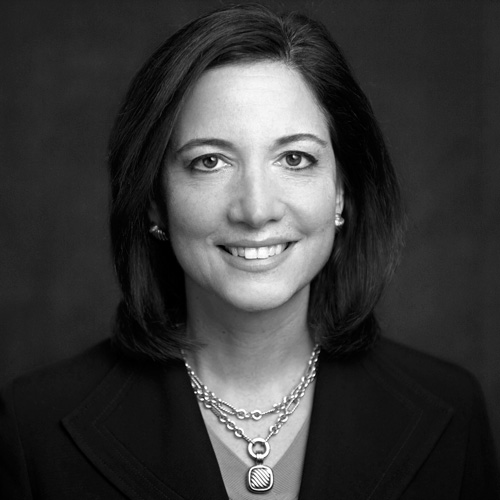Sebby Borriello knew early on that he wanted to be in a profession that would help people; he even knew that it would come from commercial-business side, not anything to do with medical school. “I wanted to be on the business end and the pharmaceutical or medical-device areas, which would fulfill that piece of bringing a product to market, selling a product, or marketing a product that would eventually help people get better, no matter what their ailments would be,” he says.
When Borriello joined the small but up-and-coming Cempra Inc. as its vice president of market development in 2014, he was immediately tasked with helping to launch two new antibiotics that the young pharmaceutical company was in the process of developing.
“The first product that we are aiming to bring to market is Solithromycin, which is for community-acquired pneumonia, targeting the antimicrobial resistance, and safety issues,” he says. “Resistance to antibiotics are big issues, so that’s one of the products that will address some of the resistance issues that are out there today in the marketplace with some antibiotics.”
Microbiologist Prabha Fernandes, Cempra’s CEO, developed a compound from a library of compounds that another company had owned. She’s the one who examined the compound from a clinical perspective and from a drug-development perspective, taking it from preclinical through clinical development. The product is currently in phase three.
“Phase three [includes] your last trials, when they’re in sick humans,” Borriello says. “If it’s safe and effective and it meets the clinical end points that were laid out in the study—if all goes well—then a company can file what is called a NDA [New Drug Application] and the FDA will review it. And if they deem it appropriate, they will approve it,” Borriello says. “Our IV and oral studies are now complete and ready for NDA. Both trials were safe and effective in treating CABP.”
As vice president of market development, Borriello’s main responsibility is to ensure the proper preparation of the marketplace, readying it for the launch of each of the new products, meeting with key opinion leaders and top physicians, gaining insight on how to best bring a product to the market, and determining what makes a successful launch.
One of Borriello’s strategies for discerning the market’s need for the new products is to answer a few key questions: “What is the market using now for the disease state? Are there some unmet needs in that armamentarium or that disease state with the current therapies that are being used? Does your product fulfill some of that unmet need? That’s sort of what you do for an internal kind of review,” Borriello says. “Then part of the external review is that you conduct a series of advisory boards where we bring in experts across all medical fields, and that includes infectious disease, primary care, pulmonary critical care, PharmD in infectious disease, hospitalists, and emergency-room-medicine physicians, and we show them the product profile.”
In those meetings, Borriello, along with members of the Cempra R&D and clinical team, discusses clinical trials that were completed, shows them the products’ safety and efficacy, and picks their brains about what they think about the product and where it fits in the current landscape of pharmaceuticals. Then the conversation zeros in on the advantages it may have, some disadvantages it may have, what the opportunities are, what the strengths and weaknesses are, and what threats will be faced when launched.
“We take them really through a SWOT analysis—strengths, weakness, opportunities, and threats—and we let them advise us on what they think of the product,” Borriello says. “It’s totally gaining insight from future potential users of the product, and it helps us start to formulate what it is that we need to communicate so that the medical community understands exactly what the product does and does not do.”
Building relationships with all the key medical societies is also part of his responsibility, making sure that the company secures exhibit spaces at all the big medical conferences.
“I’m also tasked with developing educational programs for when the product is launched, programs where we can get physicians together to educate them on the product, its safety, the efficacy, the clinical data that’s been published with them, and to create an atmosphere where people get educated and have the ability to also ask questions,” he says.
Over Borriello’s twenty-seven-year career—seventeen of which he has spent in the pharmaceutical arena—he has successfully launched more than twenty-five products. But that extensive know-how doesn’t come without some hard-won knowledge and experience.
“The biggest lesson I’ve learned in launching new products is that you can never prepare enough,” he says. “I think one of the lessons we’ve learned is that once you think you’ve done all the premarket launch activities, there’s always something that comes up that’s unforeseen. I think the lesson learned is you’ve got to be able to either solve or react to that unknown that may pop up.”

